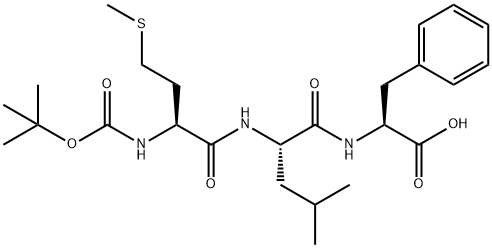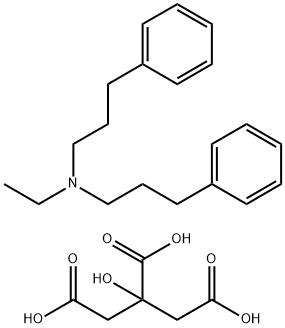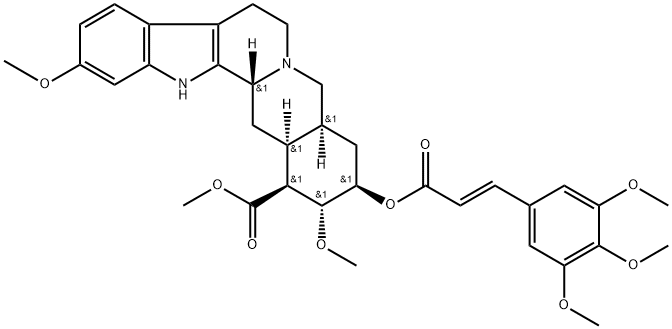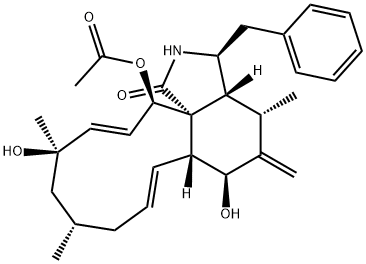DIBUTYLAMMONIUM ACETATE
Synonym(s):Dibutylamine acetate Concentrate
- CAS NO.:19070-91-8
- Empirical Formula: C10H23NO2
- Molecular Weight: 189.3
- MDL number: MFCD00191381
- SAFETY DATA SHEET (SDS)
- Update Date: 2023-07-12 16:52:48

What is DIBUTYLAMMONIUM ACETATE?
The Uses of DIBUTYLAMMONIUM ACETATE
Dibutylammonium Acetate, a new volatile ion-pair chromatographic reagent, is used as a mobile phase additive in high-performance ion-pair chromatography (HPIPC) for separation of mixtures of different conjugates of bile acids.
What are the applications of Application
Dibutylamine acetate Concentrate is for ion pair chromatography
General Description
Dibutylammonium acetate is an ion-pairing agent with quaternary ammonium ions. It generally helps in ionization of carbohydrate fragments providing a volatile solvent for the mass spectrometric technique.
Properties of DIBUTYLAMMONIUM ACETATE
| Melting point: | 45.0 °C |
| refractive index | n20/D1.348 |
| storage temp. | Refrigerator, Under inert atmosphere |
| solubility | DMSO (Sparingly), Water (Soluble) |
| form | Colourless Liquid |
| color | Colorless |
Safety information for DIBUTYLAMMONIUM ACETATE
Computed Descriptors for DIBUTYLAMMONIUM ACETATE
New Products
4-Fluorophenylacetic acid 4-Methylphenylacetic acid N-Boc-D-alaninol N-BOC-D/L-ALANINOL Tert-butyl bis(2-chloroethyl)carbamate 3-Morpholino-1-(4-nitrophenyl)-5,6-dihydropyridin- 2(1H)-one Furan-2,5-Dicarboxylic Acid Tropic acid S-2-CHLORO PROPIONIC ACID ETHYL ISOCYANOACETATE 2-Bromo-1,3-Bis(Dimethylamino)Trimethinium Hexafluorophosphate (6-METHYL-[1,3]DITHIOLO[4,5-b]QUINOXALIN-2-ONE INDAZOLE-3-CARBOXYLIC ACID 4-IODO BENZOIC ACID (2-Hydroxyphenyl)acetonitrile 4-Bromopyrazole 5,6-Dimethoxyindanone 2-(Cyanocyclohexyl)acetic acid 4-methoxy-3,5-dinitropyridine 2-aminopropyl benzoate hydrochloride 1-(4-(aminomethyl)benzyl)urea hydrochloride diethyl 2-(2-((tertbutoxycarbonyl)amino) ethyl)malonate tert-butyl 4- (ureidomethyl)benzylcarbamate Ethyl-2-chloro((4-methoxyphenyl)hydrazono)acetateRelated products of tetrahydrofuran






![N-[(1-[1,1-biphenyl]-4-ylisopropyloxycarbonyl]glycine, compound with N-dicyclohexylamine (1:1)](https://img.chemicalbook.in/CAS/GIF/18701-38-7.gif)

You may like
-
![Dibutylammonium Acetate (ca. 0.5mol/L in Water) [Ion-Pair Reagent for LC-MS] CAS 19070-91-8](https://img.chemicalbook.in//Content/image/CP5.jpg) Dibutylammonium Acetate (ca. 0.5mol/L in Water) [Ion-Pair Reagent for LC-MS] CAS 19070-91-8View Details
Dibutylammonium Acetate (ca. 0.5mol/L in Water) [Ion-Pair Reagent for LC-MS] CAS 19070-91-8View Details
19070-91-8 -
 Dibutylammonium acetate solution CAS 19070-91-8View Details
Dibutylammonium acetate solution CAS 19070-91-8View Details
19070-91-8 -
 1975-50-4 98%View Details
1975-50-4 98%View Details
1975-50-4 -
 2-HYDROXY BENZYL ALCOHOL 98%View Details
2-HYDROXY BENZYL ALCOHOL 98%View Details
90-01-7 -
 2-Chloro-1,3-Bis(Dimethylamino)Trimethinium Hexafluorophosphate 221615-75-4 98%View Details
2-Chloro-1,3-Bis(Dimethylamino)Trimethinium Hexafluorophosphate 221615-75-4 98%View Details
221615-75-4 -
 61397-56-6 CIS BROMO BENZOATE 98%View Details
61397-56-6 CIS BROMO BENZOATE 98%View Details
61397-56-6 -
 14714-50-2 (2-Hydroxyphenyl)acetonitrile 98+View Details
14714-50-2 (2-Hydroxyphenyl)acetonitrile 98+View Details
14714-50-2 -
 118753-70-1 98+View Details
118753-70-1 98+View Details
118753-70-1
Statement: All products displayed on this website are only used for non medical purposes such as industrial applications or scientific research, and cannot be used for clinical diagnosis or treatment of humans or animals. They are not medicinal or edible.